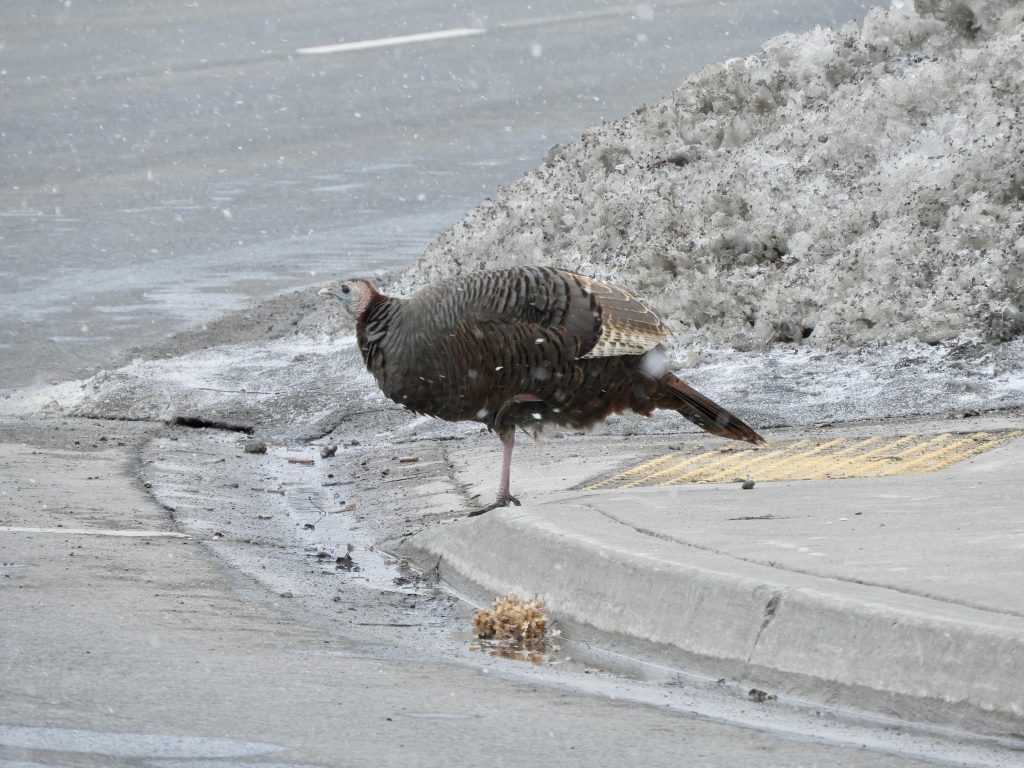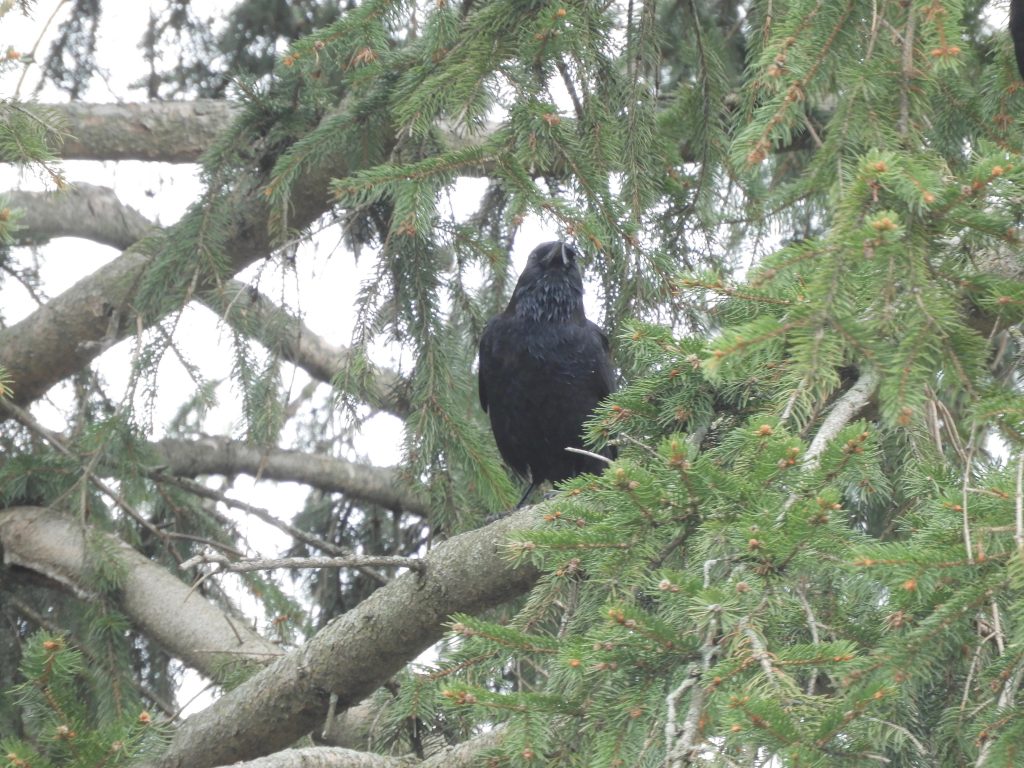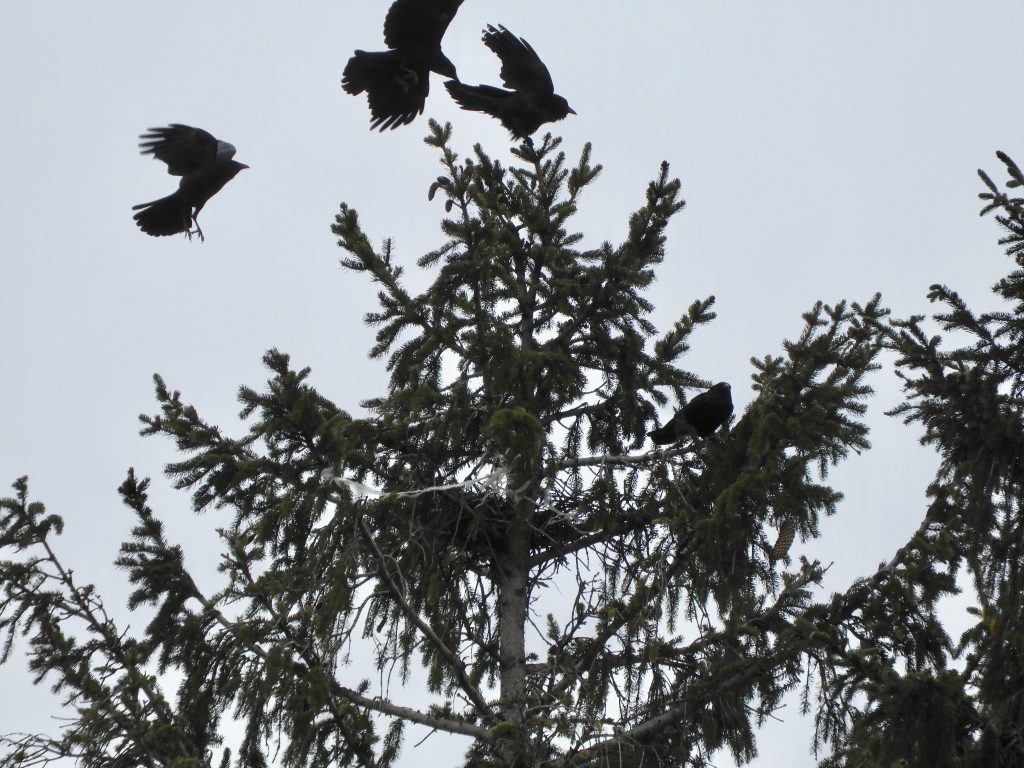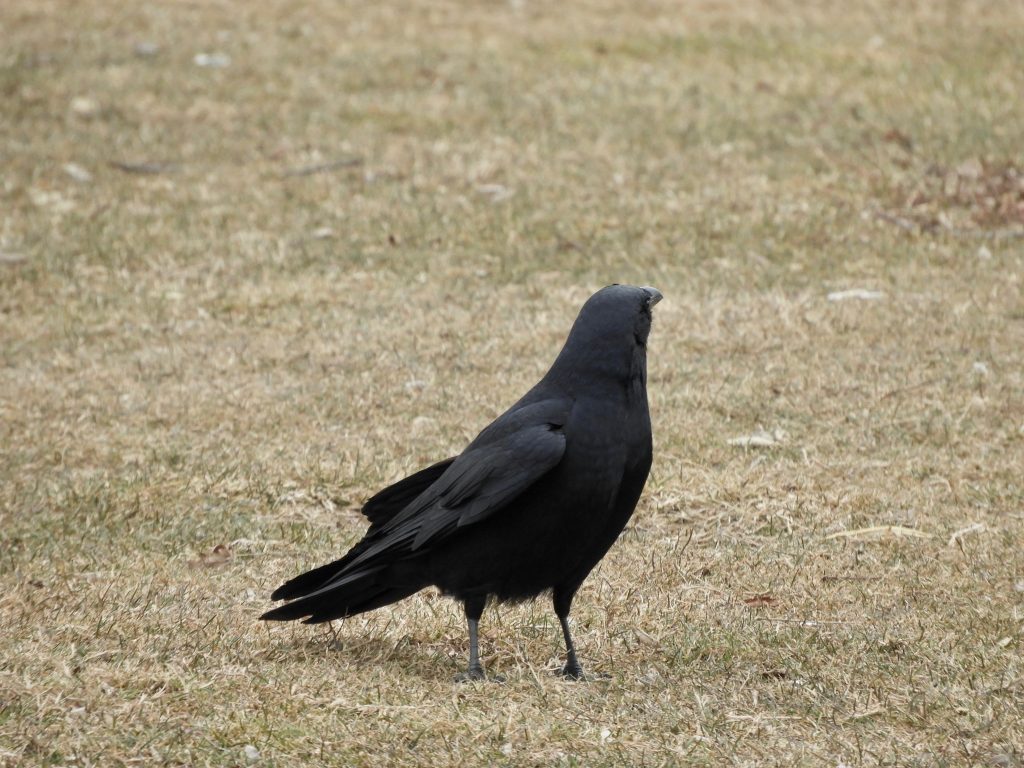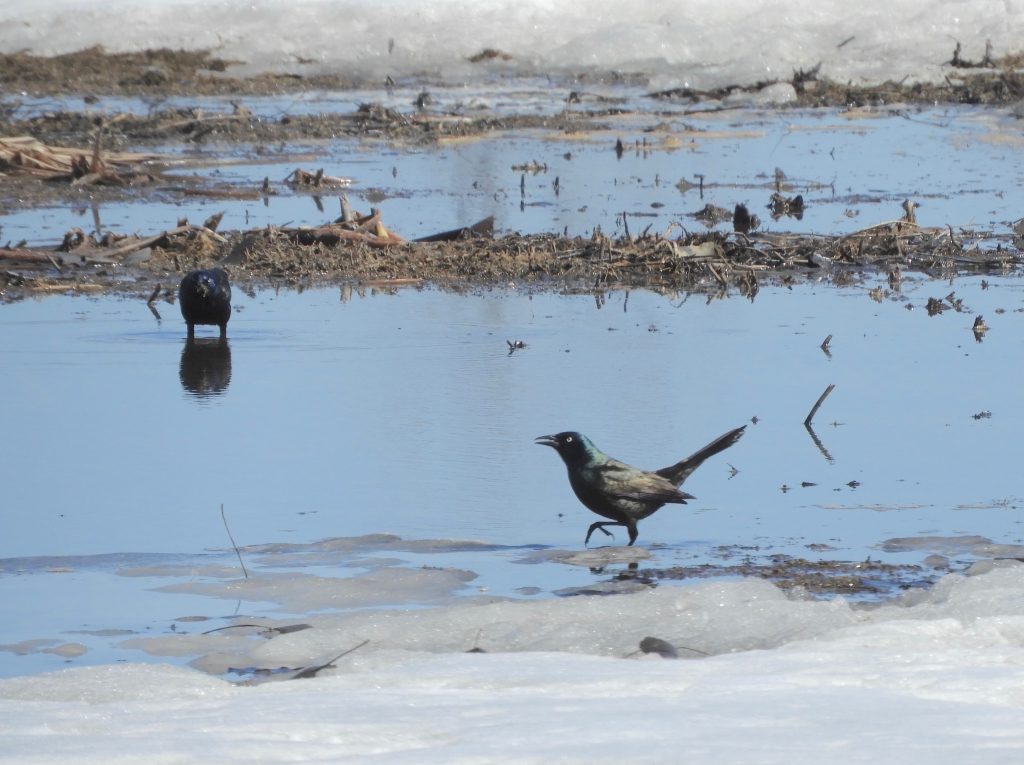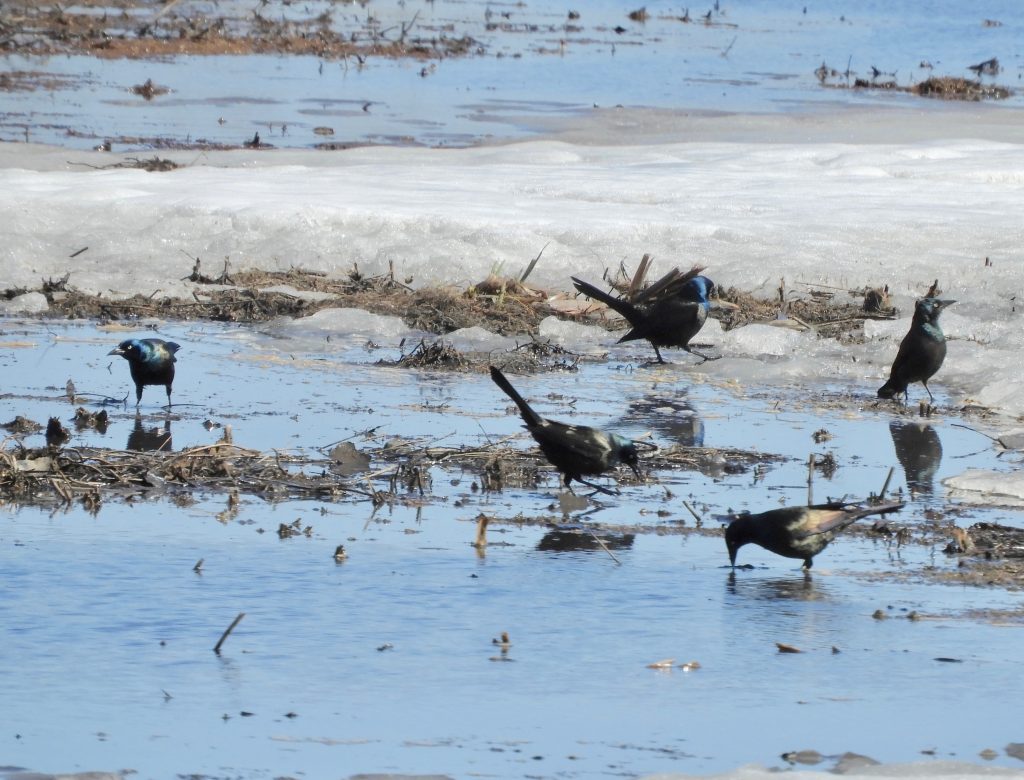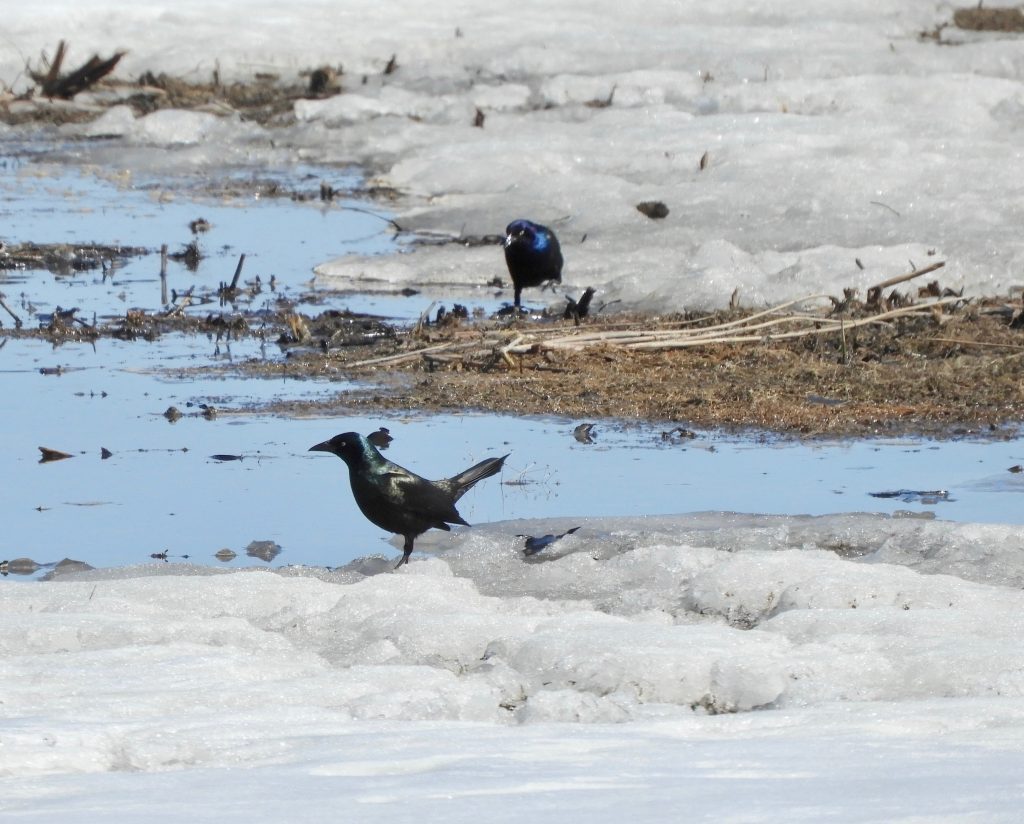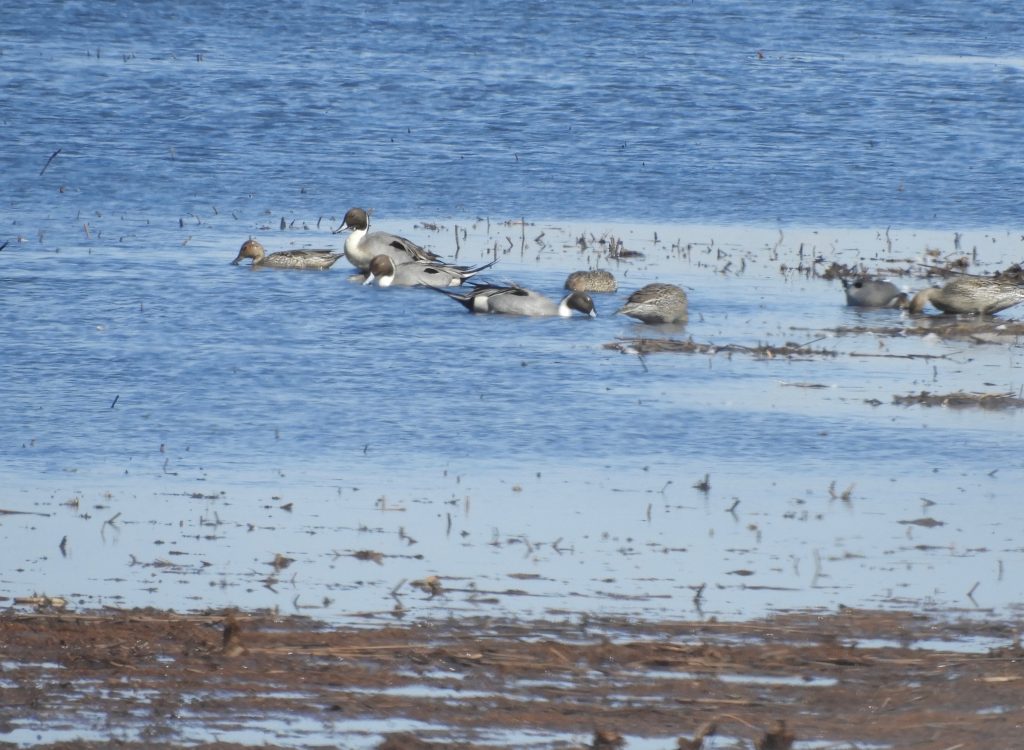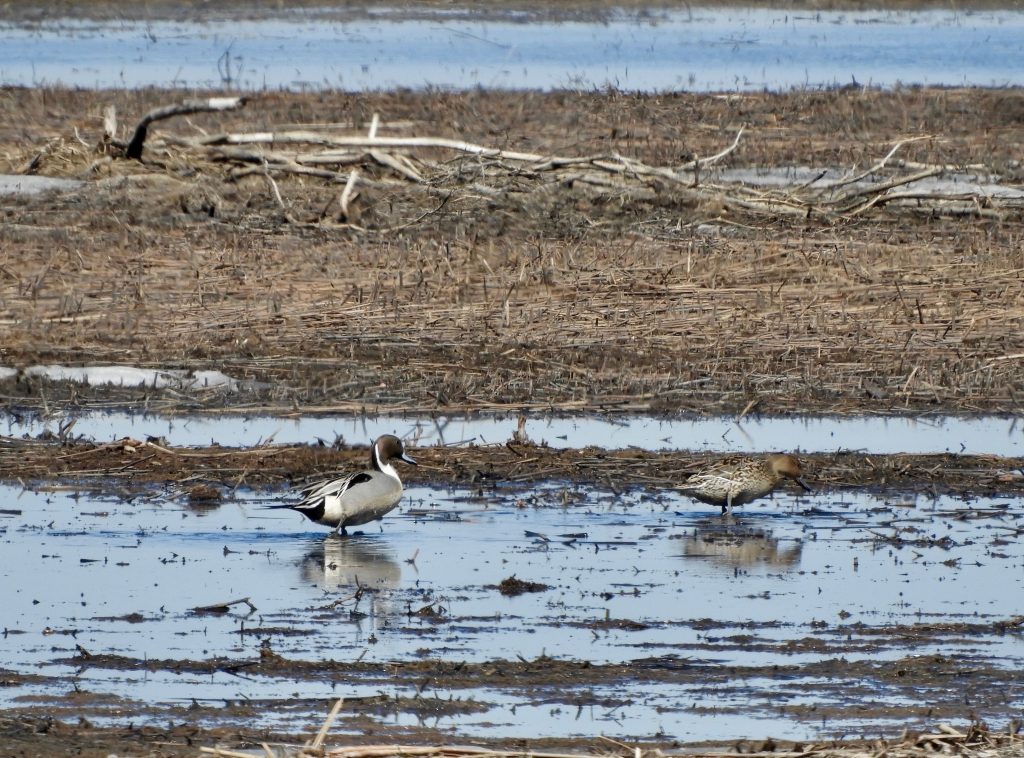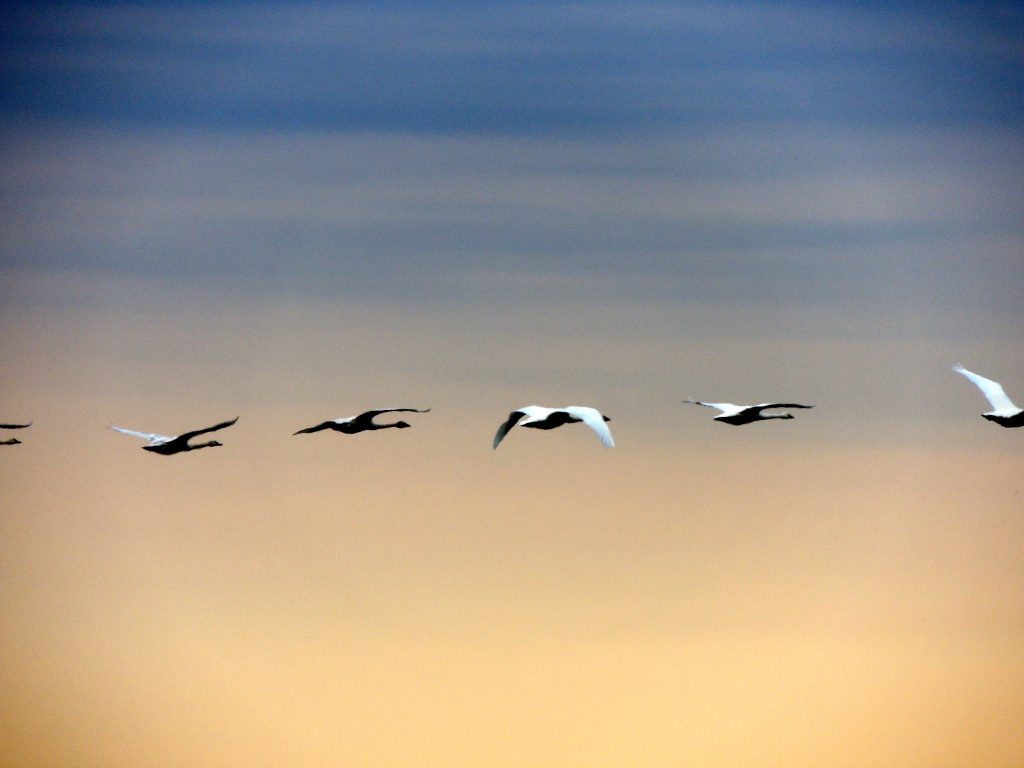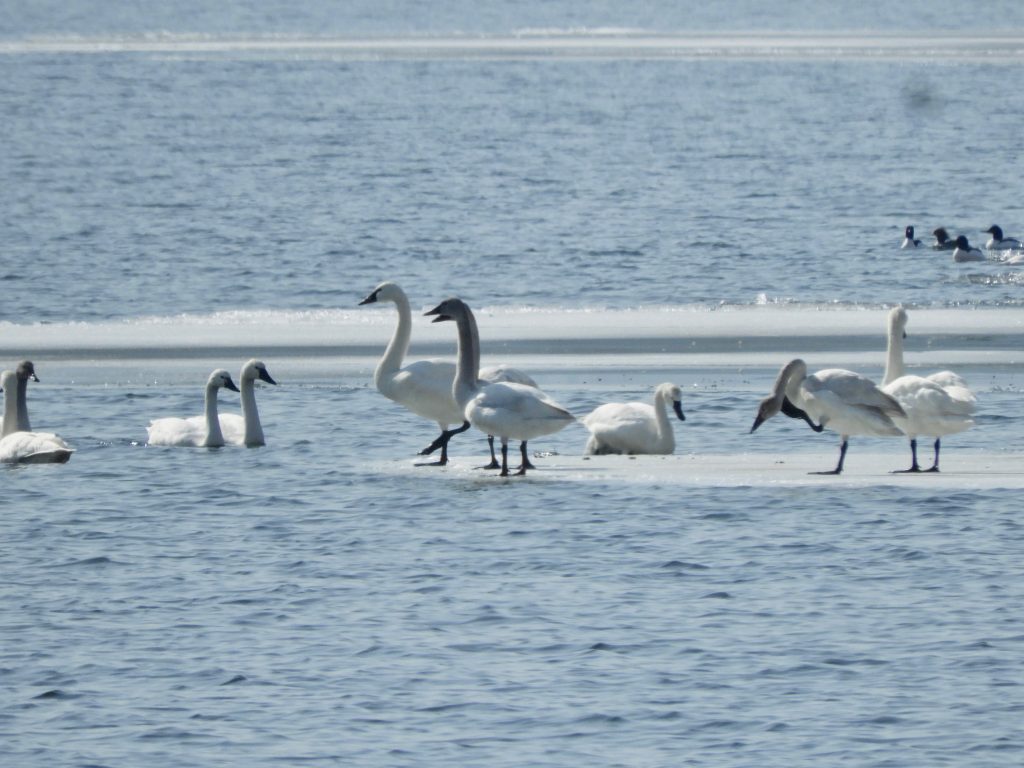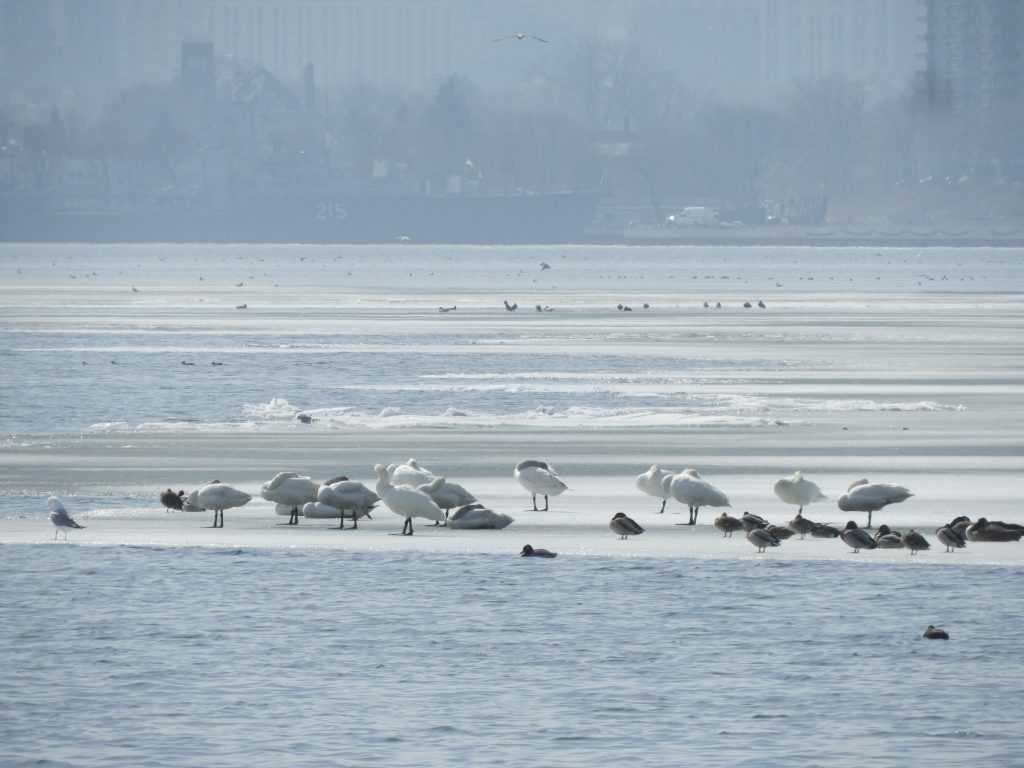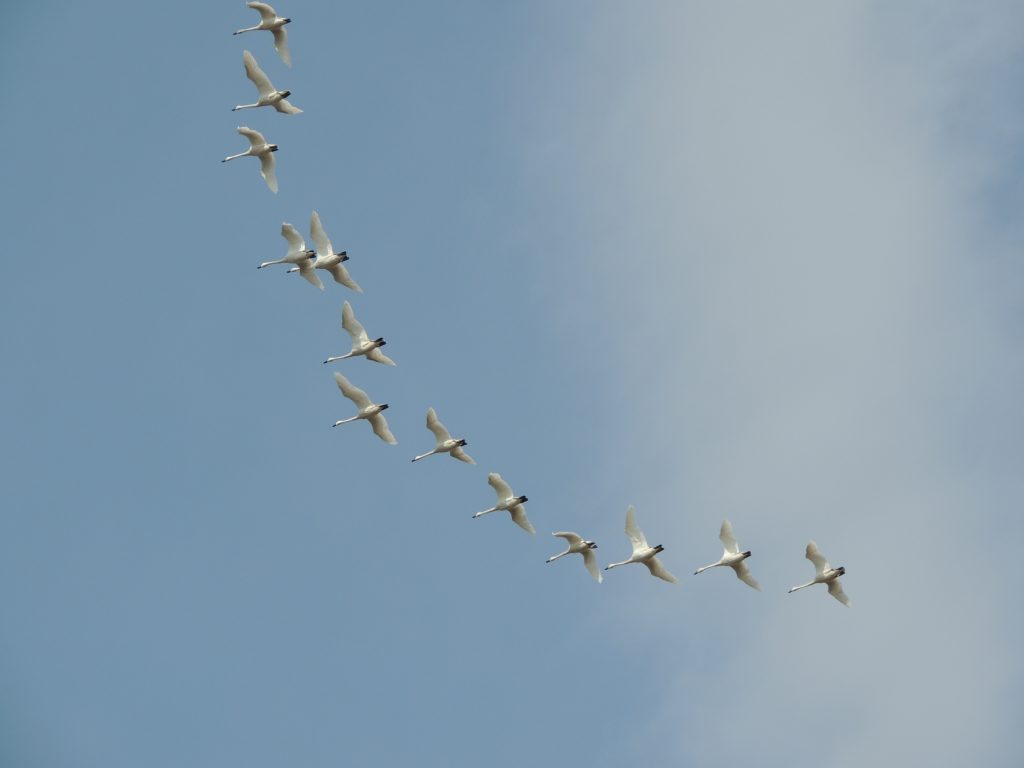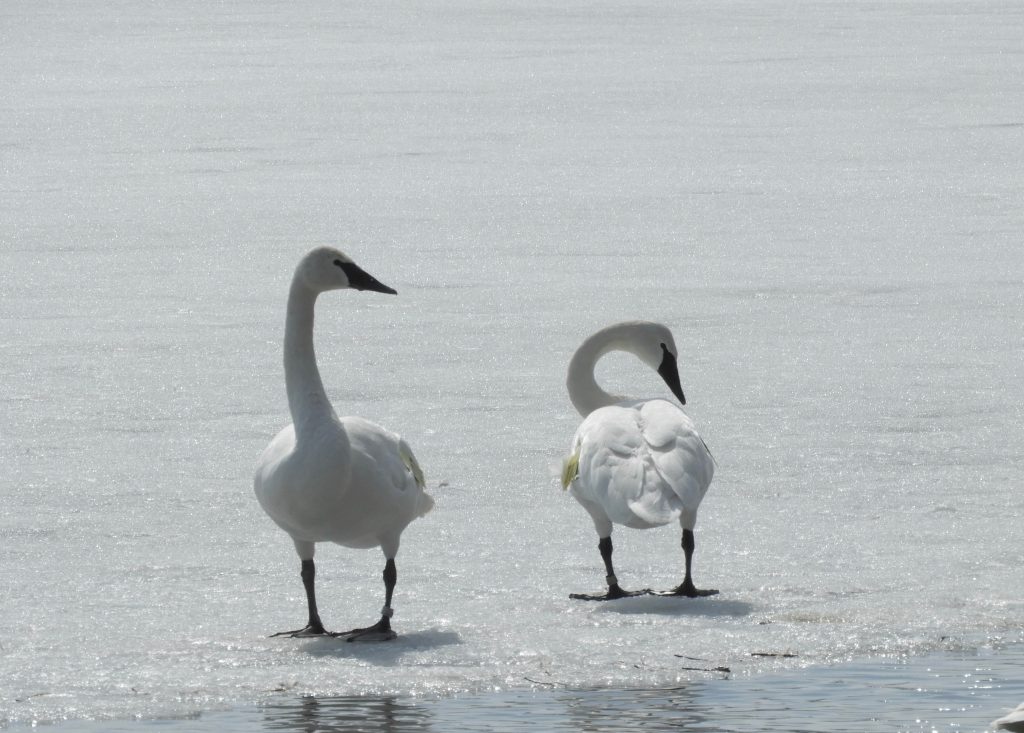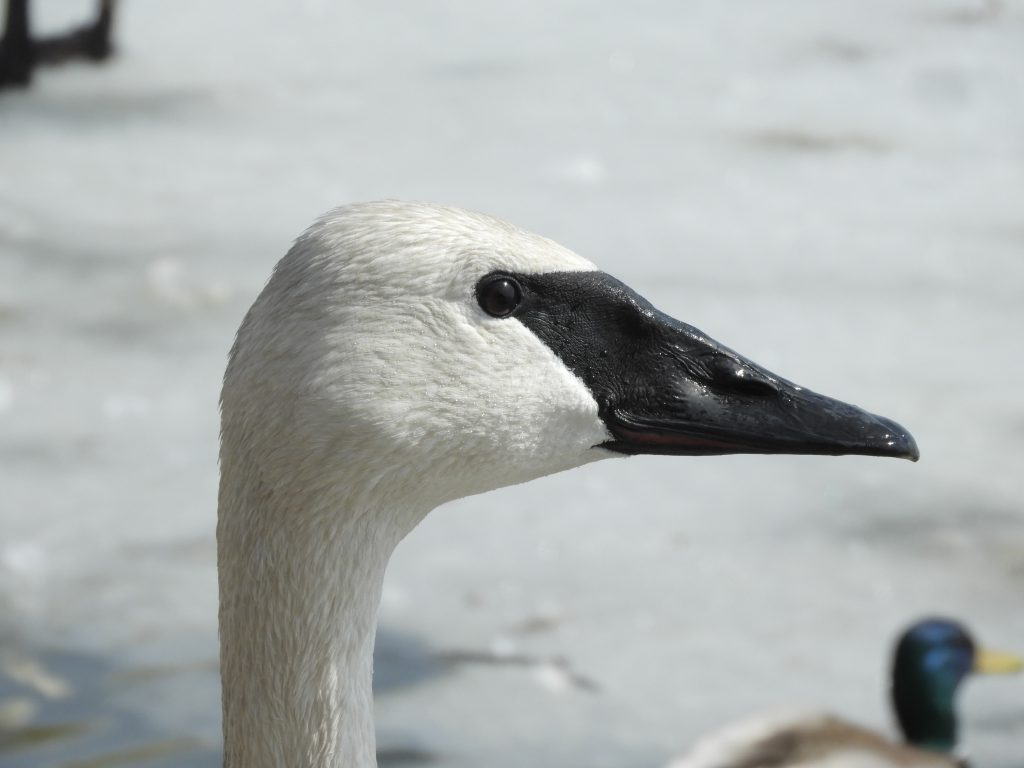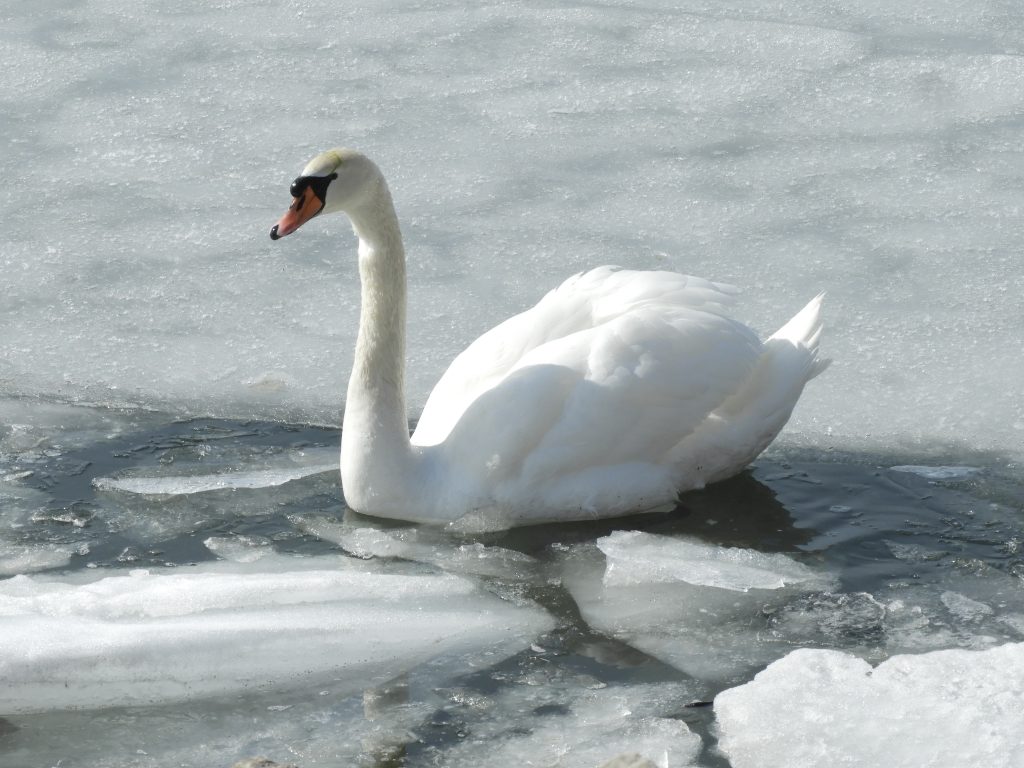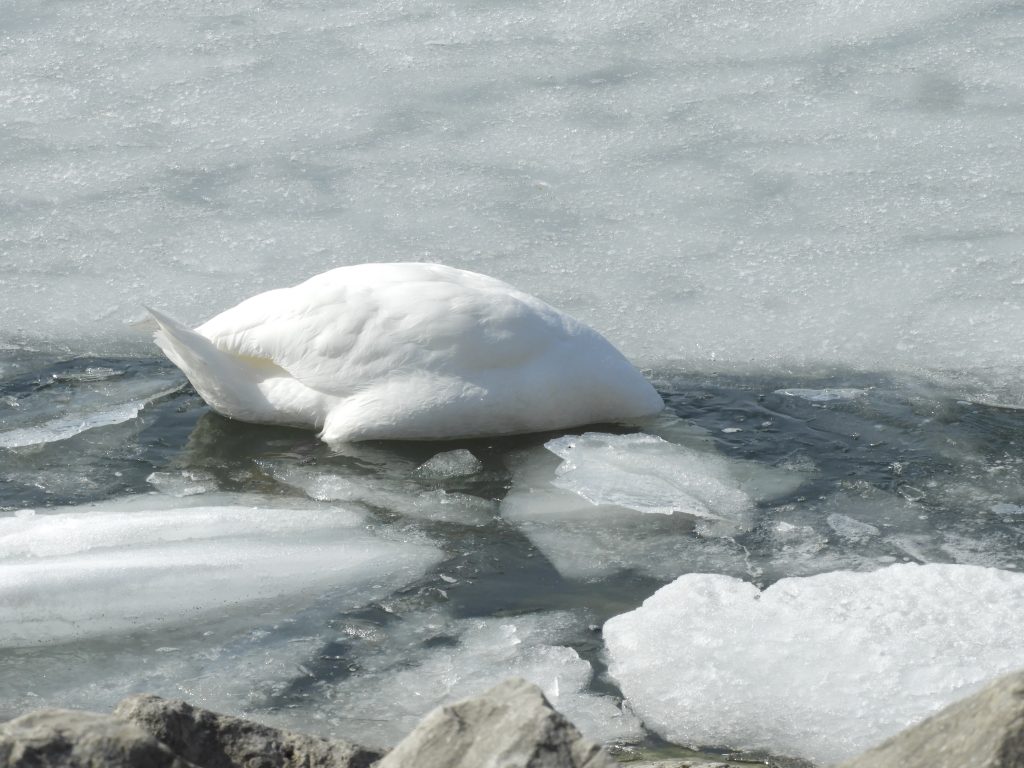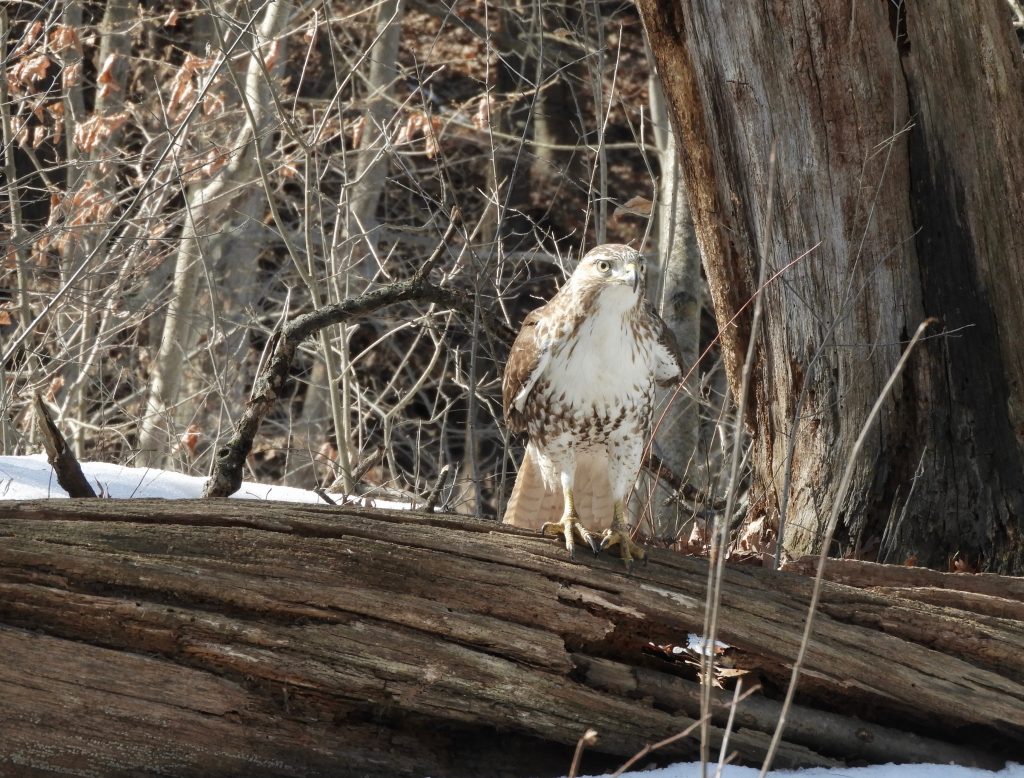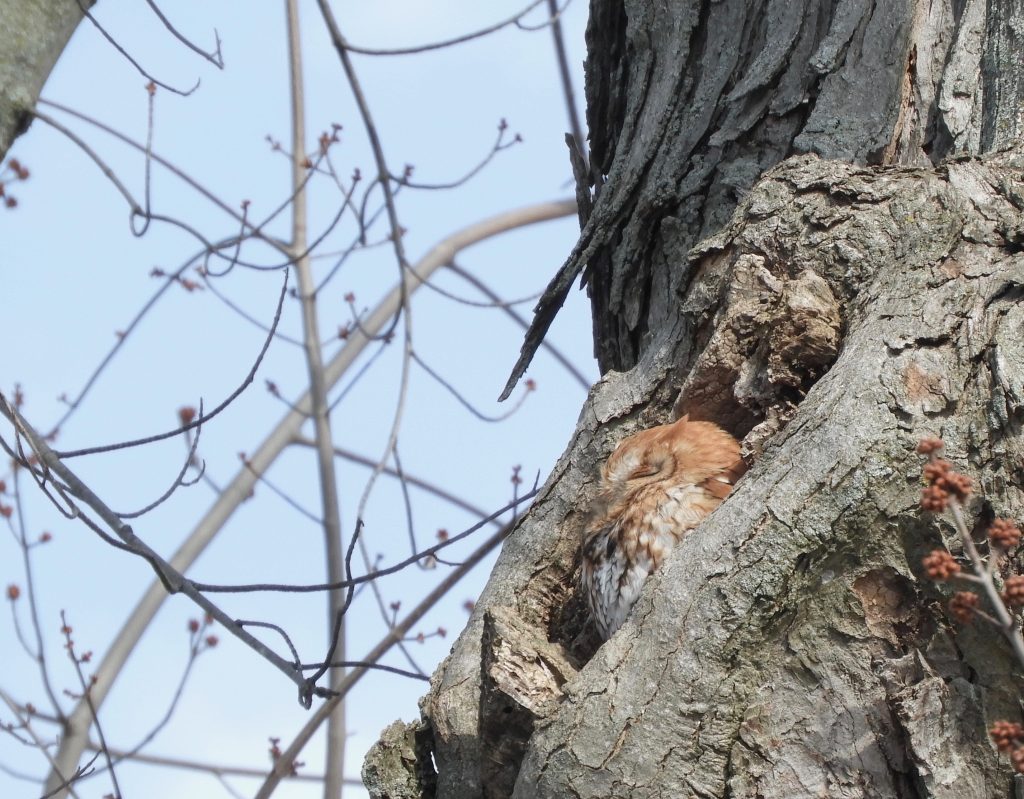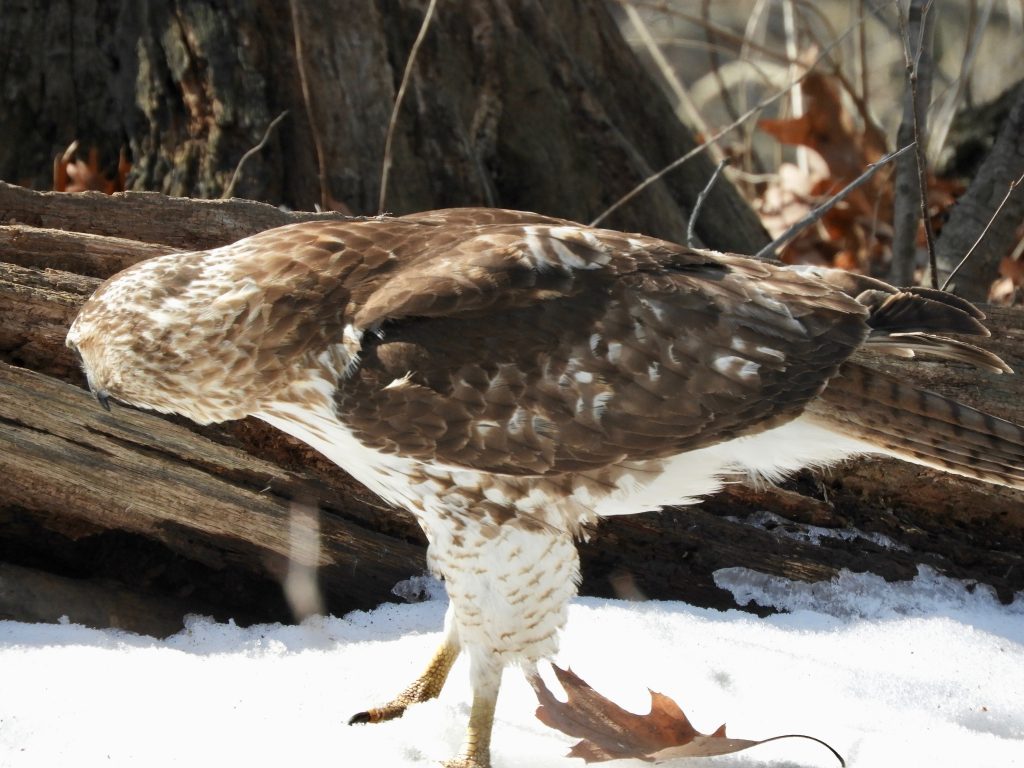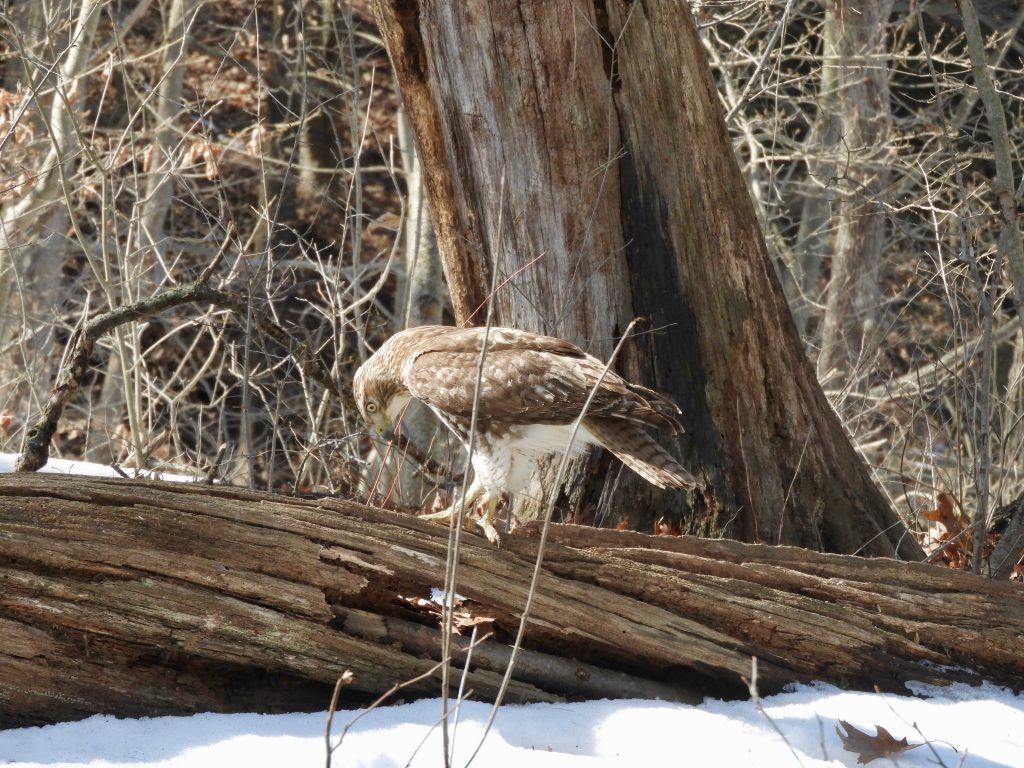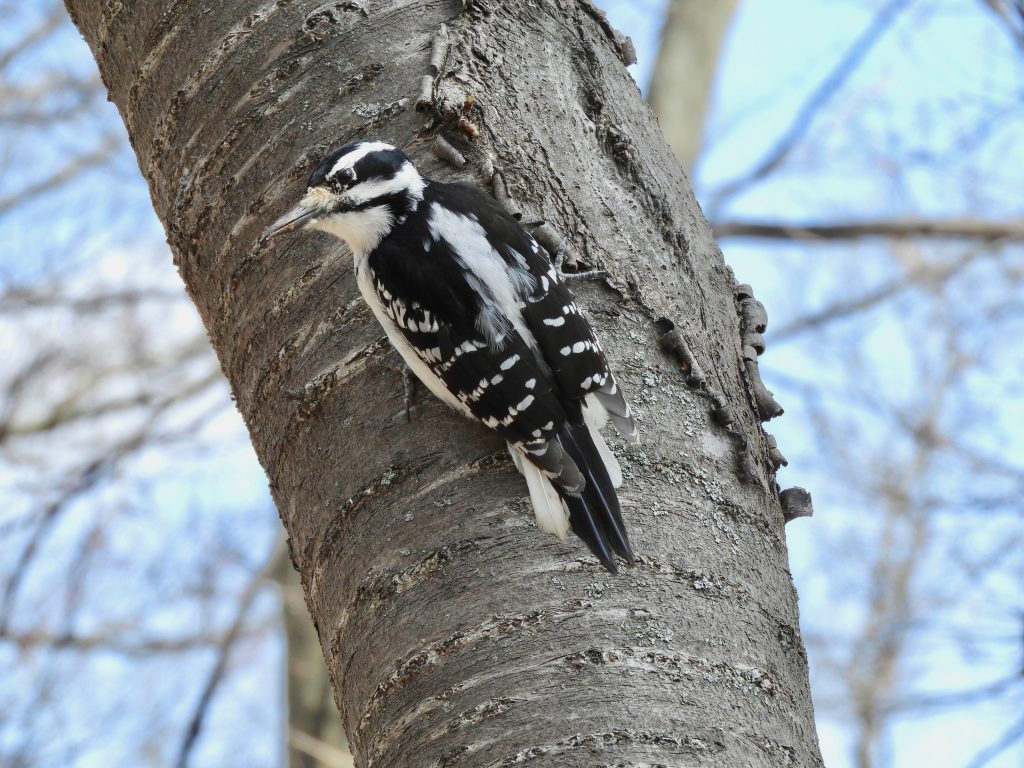
Snake Rd, Burlington ON. March 20th..2021. I went to one of my favourite woodlands this morning, looking for signs of spring. It’s a quixotic exercise in mid-March but I want to make sure I don’t miss anything and the reality is that animals, rather than plants are the first to declare the season, green shoots will follow in a week or two. Perhaps the nicest sighting was a fast-moving butterfly, a Mourning Cloak. I know almost nothing about them except that they are always the first butterfly to appear, and typically in open deciduous woodland where there may still be snow on the ground, just as I saw mine today. They are very attractive: quite a large butterfly, mostly chocolate brown with a line of purple/blue dots along a creamy white band along the trailing edges of their wings. It is a noteworthy ‘winter’s gone’ sighting and it really made the grade as a sign of spring, but one butterfly does not make a spring and that’s where the Hairy Woodpecker comes in.

It was warm and calm enough to enjoy sitting quietly, watching and waiting, one of the most productive way to sample nature. I found a treefall at a comfortable height and sat, and listened. A regular tapping overhead became an insistent drumming. I looked up expecting a woodpecker, either a Downy or Hairy but could see neither, but I could clearly see the cast shadow of one, intriguing but not helpful as to species. Then a Hairy Woodpecker moved into sight higher overhead while the cast shadow stayed where it was. So there, two Hairy Woodpeckers, (both, I assume) one drumming up courtship the other happily entertained. My Birds of the Day.
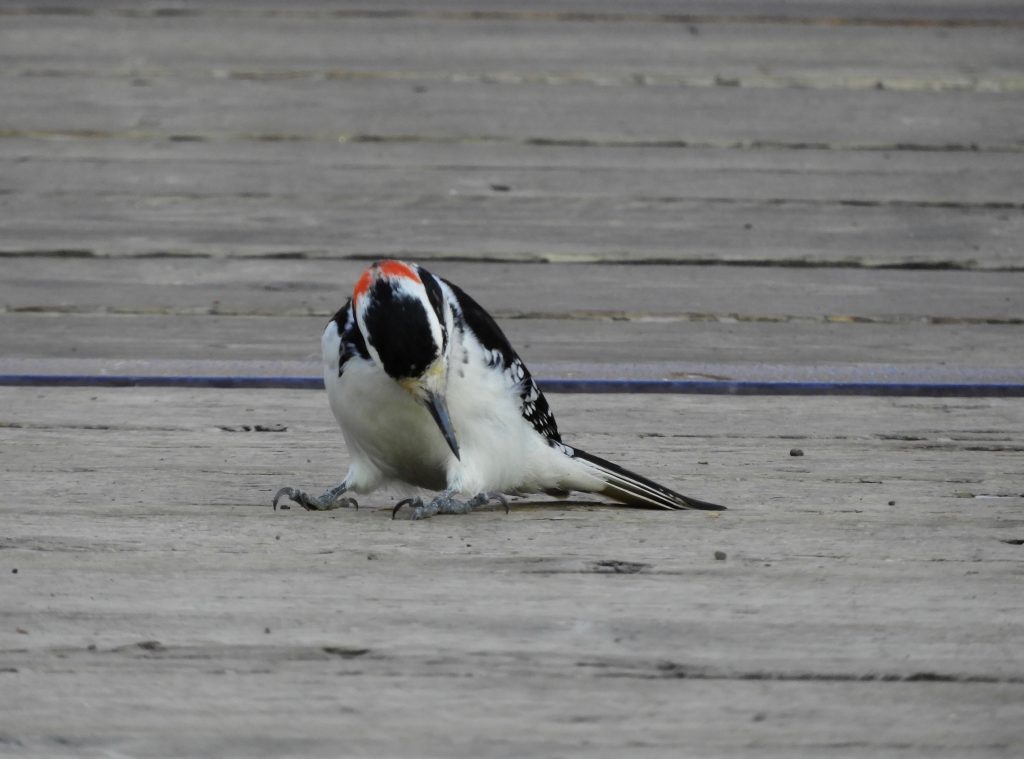
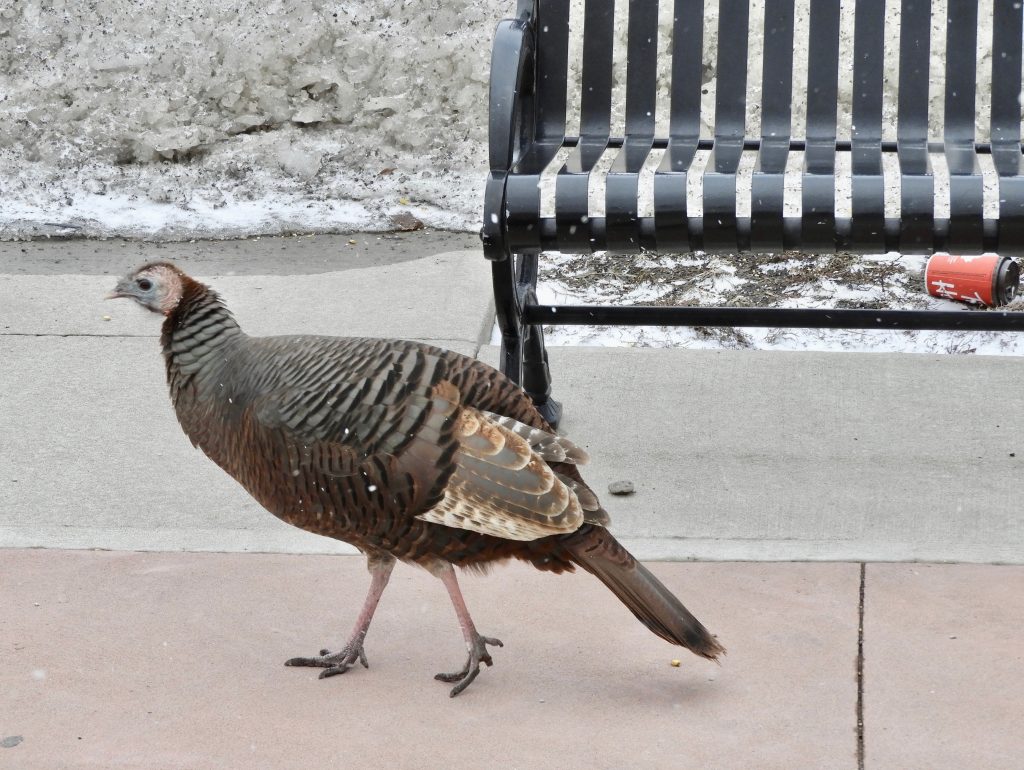
On a very sad note, our local Suburban Turkey was killed today. Anecdotally, I understand that it was pacing around in the forecourt of the Esso gas station when it tangled with a vehicle. There was much indignant reporting of the incident. Police got involved and were satisfied that it was an accident. Just sad.
